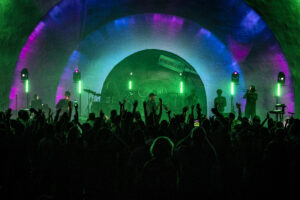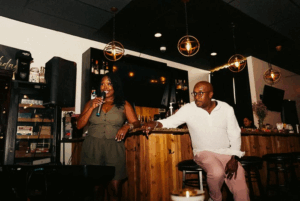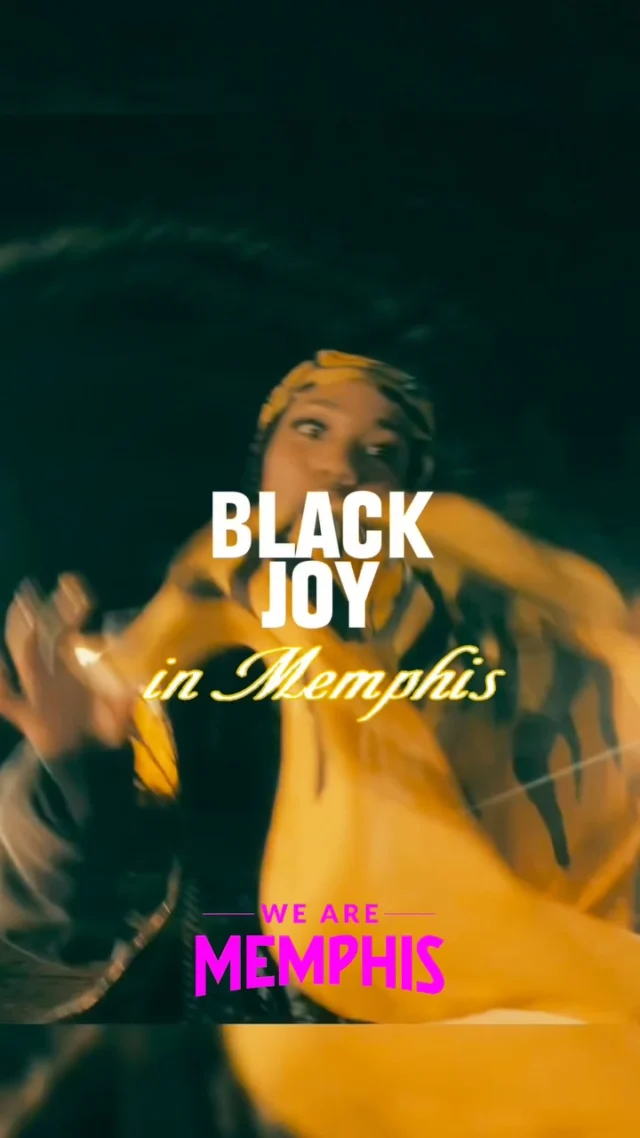Tom Lee Park reconnects the city to its overlooked edge on the Mississippi River.
In Memphis, Tennessee, a remarkable new public park has just opened. Filling 30 acres along the edge of the Mississippi River with active, social, ecological, and architectural spaces, it could reframe the city’s fading connection to the riverfront. It could also set a new standard for what waterfront parks can do.
The new park is a dramatically reconfigured space, its broad open lawns supplanted with native ecological systems, recreational areas, birding sites, and river-inspired circulation paths winding through 1,000 new trees, public art, play areas and a large shade canopy and event space.
Access is a major focal point of the design, which had to contend with the park’s location below a tall bluff. Ramps and cutbacks traverse this divide, and were used as opportunities to celebrate the river’s geological force while drawing the city’s neighborhoods in. Stretching a mile-and-a-half along the river’s edge, the park is a $61 million effort to reconnect Memphis to a natural asset that has been largely ignored or actively avoided. Though it was nearly sidelined by a contentious opposition movement, the project is leading a social and ecological transformation at what could become the city’s new front door.
NEW AMBITIONS FOR THE RIVERFRONT
The roots of the redesign date back to 2017, when a mayoral riverfront task force and a group now known as the Memphis River Parks Partnership commissioned Studio Gang to develop a concept for reinvigorating the city’s waterfront. Looking back at a century’s worth of plans for the river’s edge and a much longer history of commerce and industry on the Mississippi, Studio Gang outlined a proposed reimagining of six miles worth of riverfront sites, including Tom Lee Park, that would reactivate them and better knit them into a city that had partly turned its back to the river. “We tried to reestablish what this place was,” Studio Gang founder Jeanne Gang says.
That design was a concept rather than an actionable plan, but it snowballed into a series of riverfront interventions and park projects. Carol Coletta is president and CEO of the Memphis River Parks Partnership, which is now using that concept to build on or renovate several existing parks along a connecting bicycle and pedestrian pathway that opened in 2014. “All of these parks felt very sleepy places that no one ever used. To piece them all together with a bike-ped trail along five miles of the riverfront made people realize, wait a minute, it’s not just a series of discrete parks. The power is really the connectivity,” says Coletta. “It really sparked a whole different set of ambitions around the riverfront.”

The new Tom Lee Park is the most substantial manifestation, and one that was, in many ways, willed into being by Coletta. A 40-year resident of downtown Memphis, Coletta has led a long career ushering in civic and urban design to cities across the U.S. Before joining the Memphis River Parks Partnership in 2019, she was a senior fellow in the Kresge Foundation’s American Cities Practice and hired Studio Gang to do the initial study of the riverfront. “They pointed in that concept to Tom Lee Park as one of the most visible pieces of real estate in the city because it’s right at the front door,” Coletta says. In 2018, just a year after hiring Studio Gang to study the river, formal planning began for the park’s redesign.
A design by Scape and Studio Gang, which also served as the master planner, was released in March 2019. “We didn’t come in with a preconceived program,” Gang says. The goal of the design was simply to reconnect the riverfront to the people of the city who mainly regarded the site as a festival ground.

With her firm’s deep research into the history of the riverfront, as well as feedback from nearby residents, including some living in some of the most economically distressed ZIP codes in the U.S. Studio Gang also heard from voices across the city, including a youth design leadership organization from local high schools, and the master plan for the park was formed by asking what people in the city would want from this space should it change. “The answer was stuff that’s in everyday parks, like basketball courts, a place to eat something, a bathroom. All these things that you would have in a normal park,” Gang says. “So that’s where we started.”
The design proposal sparked immediate outrage, mostly from groups worried about an existential threat to the two main festivals that had long used Tom Lee Park. “The opposition was very organized and very vociferous,” says Coletta. Months of rancor ensued, and eventually the city’s mayor called for the Memphis River Parks Partnership and the festivals’ organizers, Memphis in May, to engage in formal mediation. The two sides came together to find an approach to the park that would create what the city and the Memphis River Parks Partnership envisioned while also preserving the kind of space needed to host large festivals. An agreement was eventually signed, and the design was finalized in early 2020.
REBUILDING ECOLOGIES
The revamped park is a series of four big zones that range from active playground and social space to calmer natural habitats. Orff, who’s known for integrating living species like oysters into her designs, says each section of the park was directly influenced by the natural conditions and geology of the Mississippi River.
“It was thinking about the way the Mississippi has formed land over millennia. So we tried to bring some of those forms into the ground of the park,” Orff says. In one section, paths and bridges braid and overlap, forming a kind of multi-armed interpretation of the river’s currents. “Rather than just being directional they loosen up and sort of feel like water flowing over rocks,” she says.

Another section is more recreational, with a large thematic playground and a grid-like shade canopy designed by Studio Gang. Recently, one of the firm’s designers was checking on the final installation of the park and the temperature hit 109 degrees, which is not totally uncommon in the area. Under the shade canopy, the designer said the temperature felt 30 degrees cooler. “It tells you how important shade is going to be going forward,” Gang says.

Throughout the park, which had previously been a wide open green space, a thousand trees are now in place providing even more shade for people as well as plant and animal species. “We’re literally bringing back a kind of living forest to the river’s edge and that is just so critical,” Orff says. “The site has gone from being a sort of a dead zone to being a pollinator magnet and migratory bird magnet.” Part of the project includes a three-lesson curriculum Scape has developed for local elementary and high school students to understand how the ecosystem of the park functions.

Making this natural makeover possible was an expensive undertaking. After years of heavy festival use, the soil had been compacted to the point it could no longer support much plant life. Orff says in her first meeting with Memphis Mayor Jim Strickland she emphasized the importance of investing in rebuilding the soil. “A lot of what’s going to make this park successful is what we invest in below the surface of the ground,” she said to Strickland at the time. “When you see the soil line item don’t frown. Give it a check mark. It’s really what’s needed to grow a successful park now and into the future.”
Turning the ground into a healthy space for the park’s trees and plant life to grow, including 300 microclimatically adapted native oaks, was a major intervention. “From three feet below the surface up we totally redesigned the crust of the earth to be able to support the new ecological systems and these kinds of comfortable social spaces,” Orff says.
A PARK FOR THE UNDERSERVED
The $61 million budget for this blockbuster project came from a variety of sources, including about $33 million from local, state and federal sources. The rest came from fundraising, which began in early 2020, right as the pandemic hit. “We just surpassed our goal. So this is called ‘cutting it close,’” Coletta said in late August. “It was a strange and challenging time in which to raise money.”

But Coletta says public support for the project was always strong, and a poll commissioned by the Memphis River Parks Partnership found the highest support among three groups who have historically been ignored by big public projects: the city’s large Black population; the city’s young people; and the residents of the city’s most economically distressed neighborhoods. As the park opens to the public officially, Coletta, city officials and the park’s designers are hoping it becomes a new landmark, and a new reason to visit the city.
“It’s the most visible piece of real estate we have in the city, and it’s important to tell it right there that Memphis is not a sleepy river town. It is an ambitious place that invests in itself,” Coletta says.
This article was originally featured in “fastcompany.com”






























![The countdown is ON, Memphis! We’re officially 30 days out from the @unitememphis 5K + 1-Mile Walk/Run—and this year, we’re stepping into unity on 901 Day 🙌🏽
📍 Monday, September 1 | National Civil Rights Museum
🕘 Start time: 9:01AM
🎶 Food, music & fun to follow
Whether you’re walking or running, this isn’t just a race—it’s a movement. And there’s no better time to join in than now. 👟✨
🎓 COLLEGE STUDENTS: Be one of the first 100 to register using your .edu email with promo code NEXTGENUNITE and your ticket is just $10 (that’s a $32 savings 👀). Limit 2 per person, so tell a friend!
Let’s walk. Let’s run.
Let’s #UniteMemphis 💛
🔗 [link in bio]](https://wearememphis.com/wp-content/uploads/sb-instagram-feed-images/526805187_18335272954206022_6056852028660485499_nfull.webp)






